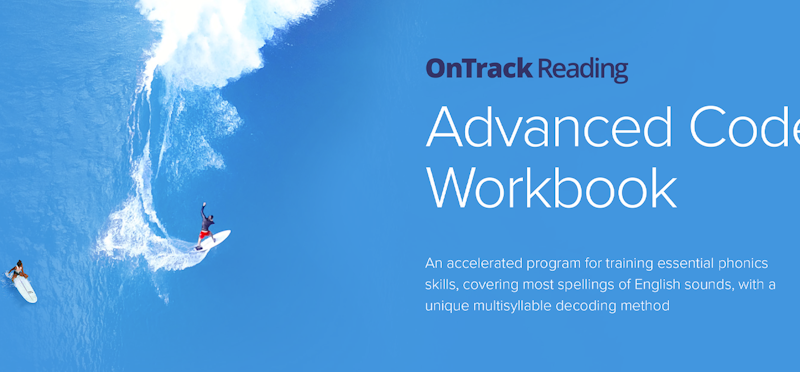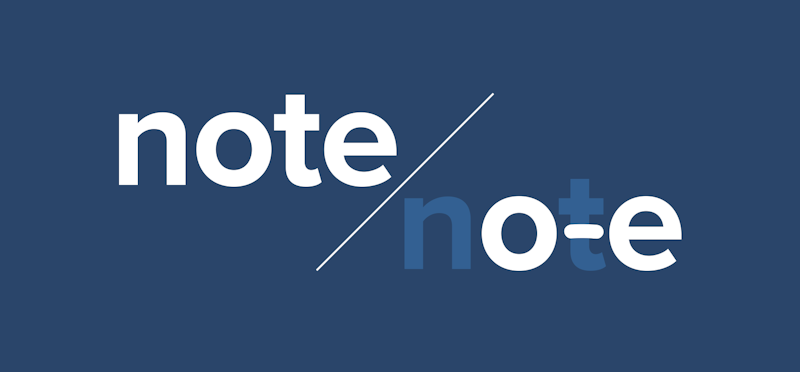In phonics instruction, the phrase Basic Code refers to the one-to-one relationship between a single letter and a sound. For single consonant letters, their most common sound is the one associated with them in the Basic Code. Thus, even though the letter "s" can be the sound /z/ in was or has, its Basic Code sound is the sound /s/.
Although the single vowel letters, a, e, i, o, and u all have multiple sounds associated with them, they each have only one sound in the Basic Code. Those sounds are the /a/ in cat, the /e/ in net, the /i/ in hit, the /o/ in hot, and the /u/ in cut.
In addition, the letter c represents only the /k/ sound and the letter g represents only the /g/ sound in Basic Code (not the /s/ in city or the /j/ in giraffe).
Four of the letters require some explanation beyond the obvious:
- The letter k represents the same sound as the letter c, so it's redundant, but should be taught using words like kid, keg, skip, and skit. (There are not a lot of examples to use.)
- The letters q and x are not Basic Code letters, so care should be exercised on when to introduce them. (q is always paired with the letter u, resulting in a digraph qu that represents two sounds and x by itself represents two sounds /k/+/s/. Both of these situations require careful explanation after the Basic Code has been introduced.)
- The letter y is taught as a "yuh" sound in most curricula, which is okay as Basic Code, but it's handled later in Advanced Code in the OnTrack Reading programs. (Teaching a child to say a very quick /ee/ sound, as in /ee/ /ar/ /d/ - yard works well and blends easily but moves it out of the Basic Code.)
Thus, of the twenty six letters in the alphabet, twenty three (or twenty four if the letter y is included) have a straightforward sound associated with them in the Basic Code and two, q and x belong in the Advanced Code and should be taught later in the curriculum.
Our Recommendation for Teaching the Basic Code
Whenever a child with whom I worked still required some Basic Code instruction, I always used the curriculum in Chapters Three and Four of Reading Reflex by Geoffrey and Carmen McGuinness. I'm convinced that every teacher in the lower grades should familiarize themselves with the content of Chapter One. In that first chapter the authors explain clearly the level of logic required to learn English phonics, and show that a five-year-old child can easily master that level of logic. They then went on to design Basic Code lessons consistent with that logic, not necessarily an easy task.
Chapter Two instructs parents in how to set up an instructional environment in the home and goes over potential problems that might be encountered and how to handle them if they occur. It's all very useful information. I followed it, and it worked well with my clients.
Chapters Three and Four present in detail their Basic Code curriculum for use by a parent or teacher and are the chapters I fell back on when a client came to me a bit unprepared. Usually, it was their segmenting skill that was still not well developed, something addressed well in that curriculum.
Excellent Instructional Choices in Reading Reflex
The instructional choices made in Reading Reflex are excellent as well. What I mean by choices is that they chose to first cover three-sound CVC (Consonant-Vowel-Consonant) words, then VCC words, and then CVCC words and finally CCVC words, because research has shown that to be the order of increasing difficulty to learn. And, indeed, I observed time and again that my younger clients had an easier time blending CVCC words like hand, fast and lift than they did blending CCVC words like trip, flat and brim.
As many parents of young children can testify, the sounds represented by the letters “l” and “r” are some of the harder basic code sounds to learn to pronounce correctly. Unfortunately, they are quite common in many of the words that start with two blended consonant sounds (bl, br, cl, cr, dr, fl, fr, gl, gr, pl, pr, sl, tr, shr and thr plus three-sound blends like scr, spl, spr and str.) In fact, the letters “l” or “r” are found in well over half of the permissible initial blends in English words. It makes sense then that children just learning to read would have an easier time working on VCC words like ask and then CVCC words like task before being exposed to words of the CCVC and CCVCC construction.
Two Essential Skills, Blending and Segmenting
The curriculum in Reading Reflex also tackles the essential auditory skills of blending and segmenting, skills that new readers need to develop if they are to understand how the printed word relates to the spoken word.
Blending is the process of putting together separate sound of the letters of a word to read that word and segmenting is the process of taking the sounds of a spoken word apart so they can be associated with the letters used to spell those sounds. Until a child can do both, our alphabetic code will not make sense to him. But once he understands them, and can blend and segment accurately, the door to good reading opens up.
What to Do Next?
The OnTrack Reading Phonics Program found on this website assumes knowledge of the Basic Code. If your child already has a reasonable grasp of the Basic Code, even though a bit shaky on the sounds of the vowels, our Advanced Code Phonics Workbook will take him from that point all the way to reading four and five syllable words.
If you're a teacher, our phonics program provides rapid remediation for those students who have fallen behind. It's an intensive one-on-one course requiring supervision throughout. You can download the program's Scope and Sequence below.
If a child is reasonably familiar with the Basic Code our program can be started. The vowel sounds are nailed down right away, and the awkward situations with the letters q and x are handled in the first few lessons. The explanation for the letter y is delayed until the occasion to explain it arises.
In addition, our program reinforces the auditory skills of blending and segmenting. It also develops the third essential auditory skill, phoneme manipulation, the skill required to test different vowel sounds efficiently when an unfamiliar word is encountered on the page.
However, if you're reasonably certain that a child still needs work on the Basic Code and on the essential phonics skills of blending and segmenting, I highly recommend the curriculum in Chapters Three and Four of Reading Reflex.




